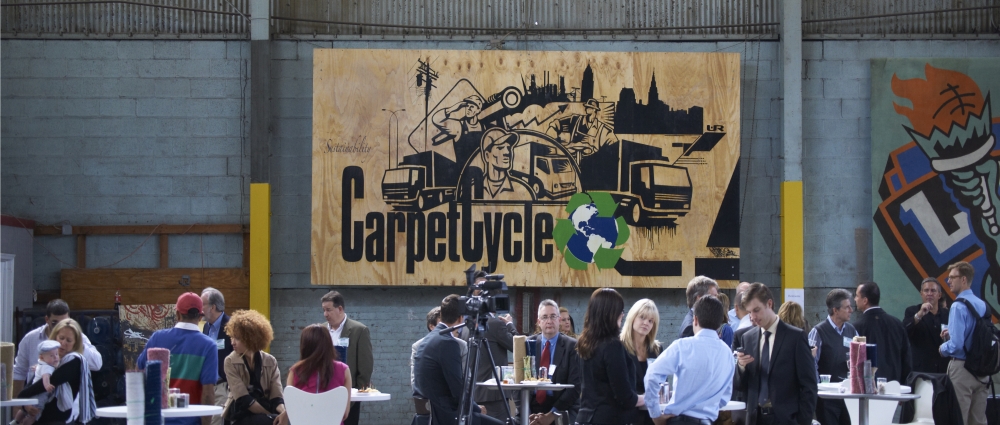News & Stories
NYC's obstacles for 'ZERO-Waste' Future
Halfway into NY's 20 year Solid Waste Management Plan(SWMP), the city's Department of Sanitation (DSNY) has seen a 19% reduction in truck mileage, due in part to an ongoing transition toward rail and marine transfer stations, while also entering into long-term export contracts with increasingly higher costs. This analysis comes from a new report by the city's Independent Budget Office (IBO)
The report also found that the city's network of marine transfer stations is now projected to cost more than $910 million and is at risk of becoming obsolete if the city can achieve its "zero waste" goals unless redesigned. The stations, the majoirtiy of which have yet to open due to construction and permitting delays, are not designed to handle recyclables or organics.
The SWMP diversion goals and infrastructure needs were determined with the assumption that overall waste volumes would increase with population growth, though the reverse has happened due to now well-known packaging and consumption trends. DSNY collections in 2015 were nearly 20% below SWMP projections and 11% less than 2006 when the plan began. This has meant less recyclable material is available for capture than expected, causing relatively flat diversion rates and higher per ton costs for recyclables than refuse when collection is factored in.
Debate around the 2006 SWMP is remembered as particularly controversial, fueled by community anger and fiscal concerns. The new marine/rail transfer system was meant to solve inefficiencies and environmental justice issues stemming from a slew of private transfer stations that opened as the Fresh Kills Landfill began limiting tonnage in the late 1990s and finally closed in 2001. While many of those environmental concerns persist, DSNY expects to continue reducing its reliance on private transfer stations as more MTS facilities come online and has already seen progress thanks to new rail facilities. Though as a previous IBO report pointed out this year the export costs for this overall system are projected to reach $420 million per year by 2021.
in addition to construction expenses, the IBO report points to long-term contracts as another cost factor. During 2016, the average cost for refuse sent to landfills under long-term contracts was $130 per ton as compared to $85 per ton for short-term contracts. The report showed the average cost per ton for waste-to-energy facilities was $81 per ton. While the report cited about 12% of the city's refuse going to WTE, DSNY previously told Waste Dive that number was closer to 25% and will increase once another mTS comes online which is part of a Covanta contract.
The average cost for processing metal, glass and plastics through a long-term contract with Sims Municipal Recycling was $75 per ton for the same period. Success on the recycling side is portrayed as more mixed by the report. Capture rates have gone up, and the percentage of most material types on the waste stream has gone down, but diversion rates haven't reached projected levels. The SWMP had originally called for a 28% diversion rate by 2015, Though that was later scaled back back by a city council law. The report cites DSNY's most recent full year diversion rate as 16%. When organics are included that numbr was 16.9%. The IBO report author confirmed to Waste Dive that organics weren't part of this analysis because the program is still not citywide.....
Check out the rest of this article and more like it at www.wastedive.com/news
by Cole Rosengren
Wastedive.com



